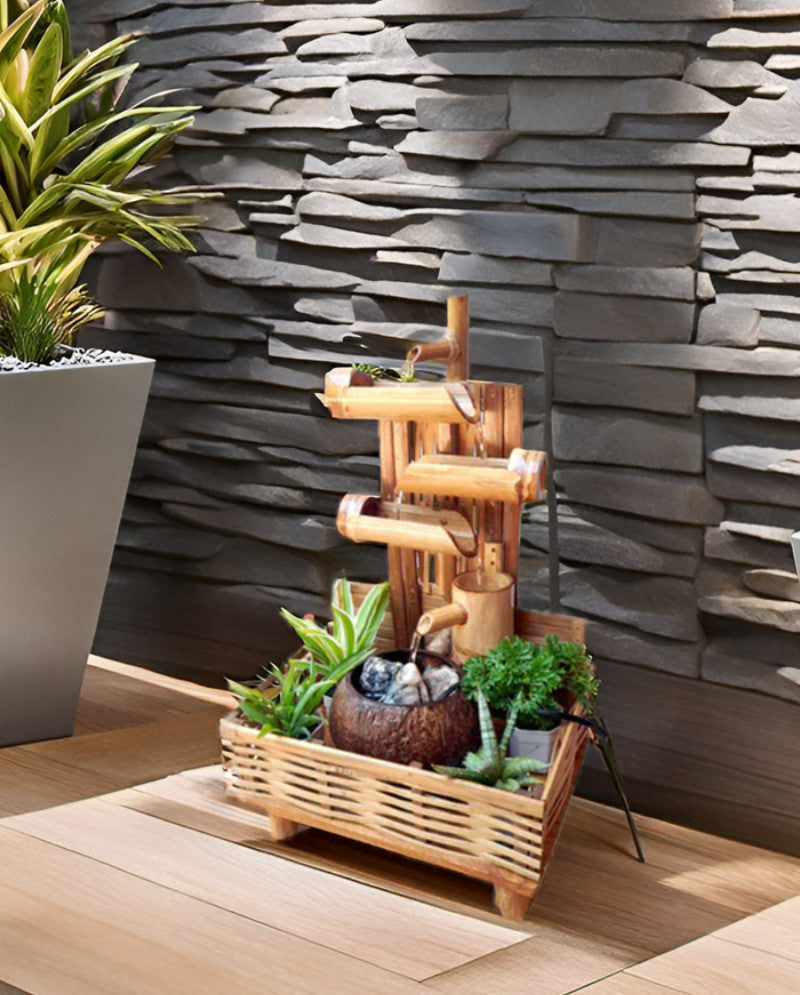
7 TIPS FOR CONTAINER GARDENING
WHAT IS CONTAINER GARDENING?

When plants are grown in containers rather than in the ground it is known as container gardening. In metro cities where people don't have proper space for gardening those people mostly prefer this type of gardening .it is both budget and environment friendly. Birds living in urban areas benefit greatly from plants that they can feed on, like berries, and planting some of these at your home helps strengthen the bird population.
What kinds of plants can you grow?

Many types of plants can be grown in urban areas. Some of them produce various berries and flowers. Some other types of plants that grow well in containers are flowering plants. Certain flowering plants attract birds and serve as shelter for them. They are also pretty and will accentuate whatever area you decide to turn into your urban garden! Additionally, flowers provide seeds and nectar for birds.
7 TIPS FOR CONTAINER GARDENING
1. Choose the Right Soil
Fill your containers with quality commercial potting soil. Never use soil directly from your garden because, when dry, it will harden into a solid mass. Quality potting soil should include generous helpings of some of the following amendments: peat moss, compost, perlite, vermiculite, and/or rotted manure. Inexpensive potting soils are not always a bargain, so read the label before you buy.
2. Feed your plants properly
the soil which we use generally has a lack of nutrients and minerals. Most of the plants will need fertilizer added. so you can mix up the fertilizer and then keep adding liquid fertilizer regularly. For this you can check out our website casadeamor.in it will feed your plants and help them to grow properly.
3. Know how much light your plant need
People often wildly overestimate how much sun their containers get. While you can find a great plant for almost any amount of light, you have to know how much light your container will get before you choose your plants.
To figure out how much direct light your container will get, place it where you want it and then time how long the sun hits it. You can also use a sun calculator to determine your sunlight.
4. Provide sufficient water to your plants
Container plants require more frequent watering than those growing directly in the garden. Water whenever the soil surface feels dry to the touch. During hot, sunny periods you'll probably have to irrigate every day. This is especially important for hanging baskets that dry out faster because they are buffeted by the wind. You can use a watering can, garden hose, or install a drip irrigation system with a timer that waters your plants automatically every day.
5. Use more potting soil
the more potting soil you use the more water retention you have which will give you much more margin for error when it comes to both watering and feeding plants. You can check out a variety of potting soils on our website casadeamor.in . a lot of people will say to fill up your container with useless things like packing peanuts to milk jugs. Doing this will make it hard to maintain because it will dry out fast.
6. Fertilize your plants regularly
To keep flowers and vegetables in top form all summer, you'll need to fertilize them. Some potting soils have slow-release fertilizer already mixed in, but it's still a good idea to add a few drops of liquid fertilizer every time you water. Flowers and vegetables are heavy feeders and will thrive with an extra dose of plant food.
7. Remove faded blooms
Annual and perennial flowers will look better when their old, faded blooms are removed. This process, called "deadheading," will encourage a whole new crop of flowers to form. On larger species, such as geraniums, simply clip away the dead flower heads with your fingers or pruning shears. For annuals with tiny flowers, such as sweet alyssum, shear back the entire plant by about 1/3 with scissors or lawn clippers.

